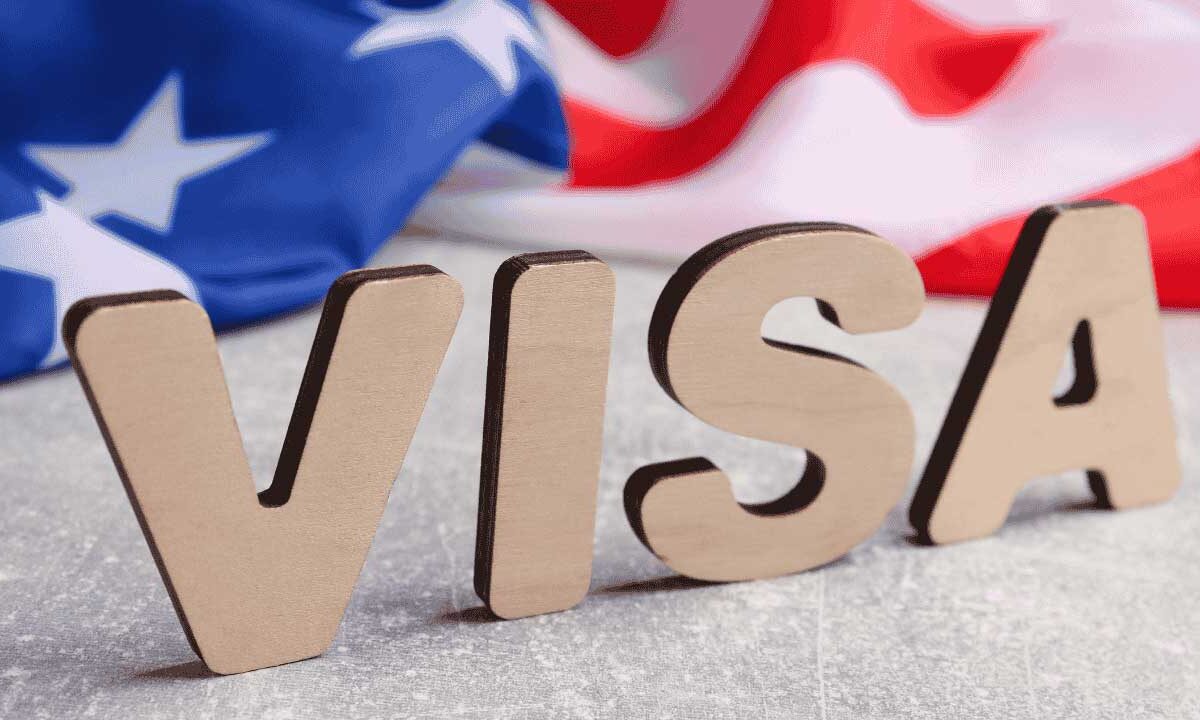Hyderabad Student Faces Tough Questions in US Visa Interview, Gets Rejected
A Hyderabad student faced tough questions in his US visa interview – technical grilling led to shock rejection. Learn key takeaways for F1 applicants.

HYDERABAD, INDIA – A Hyderabad student encountered unexpectedly tough questions during his US F-1 visa interview at the consulate on May 30, 2025, culminating in rejection under Section 214(b). The recent graduate, who applied for a Master’s in Data Science, faced a technical grilling from a white male visa officer in his 30s – a stark departure from standard visa screening protocols.
Also Read: Shock in Telangana Politics: TELANGANA BRS MLA Maganti Gopinath Passes Away
Table of Contents
From Routine to Rigorous: The Interview Takes a Sharp Turn
According to the applicant’s account, the interview began predictably. The officer confirmed his current student status and inquired about the universities to which he had applied. The student listed several institutions, including:
- Indiana University Bloomington
- University of Colorado Boulder
- Northeastern University
- Arizona State University
- University of Florida
- University of Washington
The conversation then shifted to a project the student had worked on. However, the tone changed abruptly when the officer moved into highly technical territory, posing questions more typical of a university exam or technical job interview than a standard visa screening:
- “Do you know coding well?”
- “What’s the difference between an Array and a Linked List?”
- “What is Linear Regression?”
The Rejection and Lingering Confusion
After the technical probing, the officer asked why the student had chosen Indiana University Bloomington. The applicant pointed to its “one of the oldest and most established Data Science departments,” highlighting specializations like Applied Data Science, Computational Data Science, and Analytical Data Science.
Moments later, the interview concluded abruptly with the officer stating, “Unfortunately, your visa has been rejected. You’re welcome to reapply.” The rejection was issued under Section 214(b) of the Immigration and Nationality Act, which indicates the applicant failed to demonstrate sufficient ties to their home country and overcome the presumption of intending to immigrate.
The student expressed significant surprise and confusion about the rejection, particularly given the nature of the questioning. “I tried to stay calm and answer everything honestly,” he stated, “but I’m still not sure what went wrong—whether it was something in my answers, my university choices, or how I explained my project.” He sought feedback online, hoping to understand the rationale behind the line of questioning and the denial.
Why Technical Questions Are Unusual in Visa Interviews
While consular officers have broad discretion in their interviews, the primary focus for F-1 student visas typically centers on:
- Proof of genuine student intent: Is the applicant truly going for study?
- Financial capability: Can the applicant afford tuition and living expenses?
- Strong ties to home country: Does the applicant have compelling reasons to return after studies (family, property, job prospects)?
- Admission validity: Confirming acceptance at a legitimate US institution.
- Clear study plan: Understanding the chosen program and university.
Deep technical questions about specific programming concepts or algorithms are highly unusual in this context. The incident has sparked discussion among student visa applicants and advisors about the variability of the interview process and preparedness for unexpected lines of inquiry.
Understanding Section 214(b) and Next Steps
A Section 214(b) rejection is common and not necessarily permanent. It means the officer wasn’t convinced, at that moment, that the applicant meets the legal requirements for a non-immigrant visa – specifically, demonstrating strong ties abroad and no intent to immigrate permanently to the US.
The student’s option, as stated by the officer, is to reapply. When reapplying after a 214(b) refusal, applicants are generally advised to:
- Significantly strengthen their evidence of ties to India (property deeds, family connections, solid job prospects upon return).
- Clearly articulate their academic and career goals and how the US program specifically fits those goals.
- Ensure financial documentation is robust and unambiguous.
- Be prepared to address any potential concerns raised in the previous interview concisely and confidently.
With 130,000+ Indian students receiving F-1 visas in 2024 (State Department data), rejections remain below 15%. However, unusual cases like this Hyderabad student facing tough questions highlight consular discretion’s unpredictability. The US Embassy states officers receive “extensive training to evaluate each applicant individually,” but protocols don’t mandate technical testing.
This case of a Hyderabad student confronting tough questions in his US visa interview underscores a critical lesson: While technical expertise secures university admission, proving non-immigrant intent remains the visa officer’s core focus. Applicants should prioritize demonstrating deep-rooted home-country ties alongside academic preparedness.
